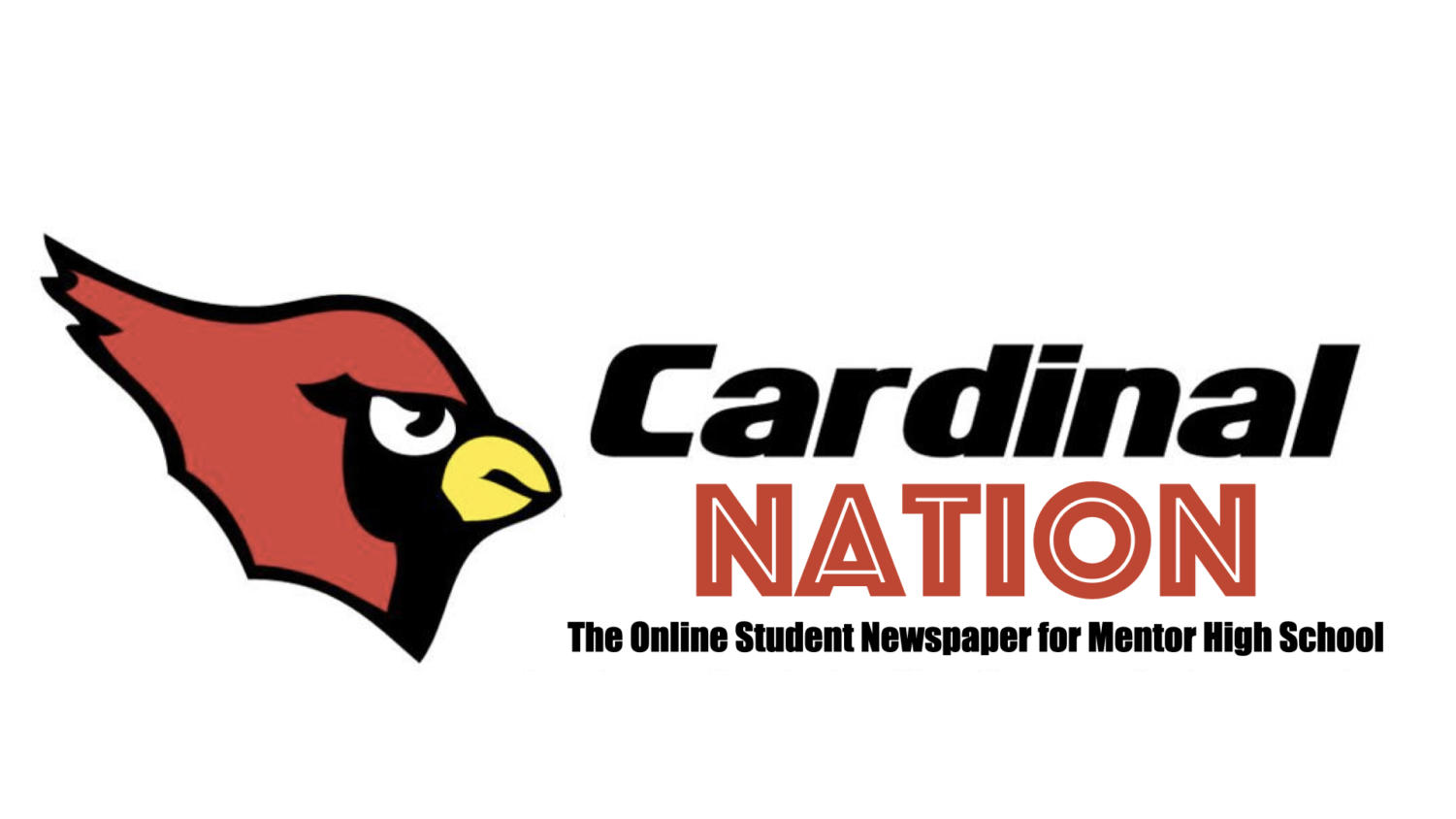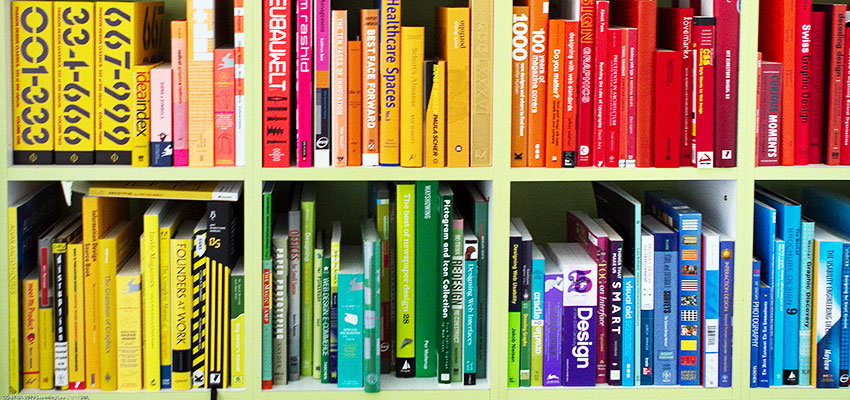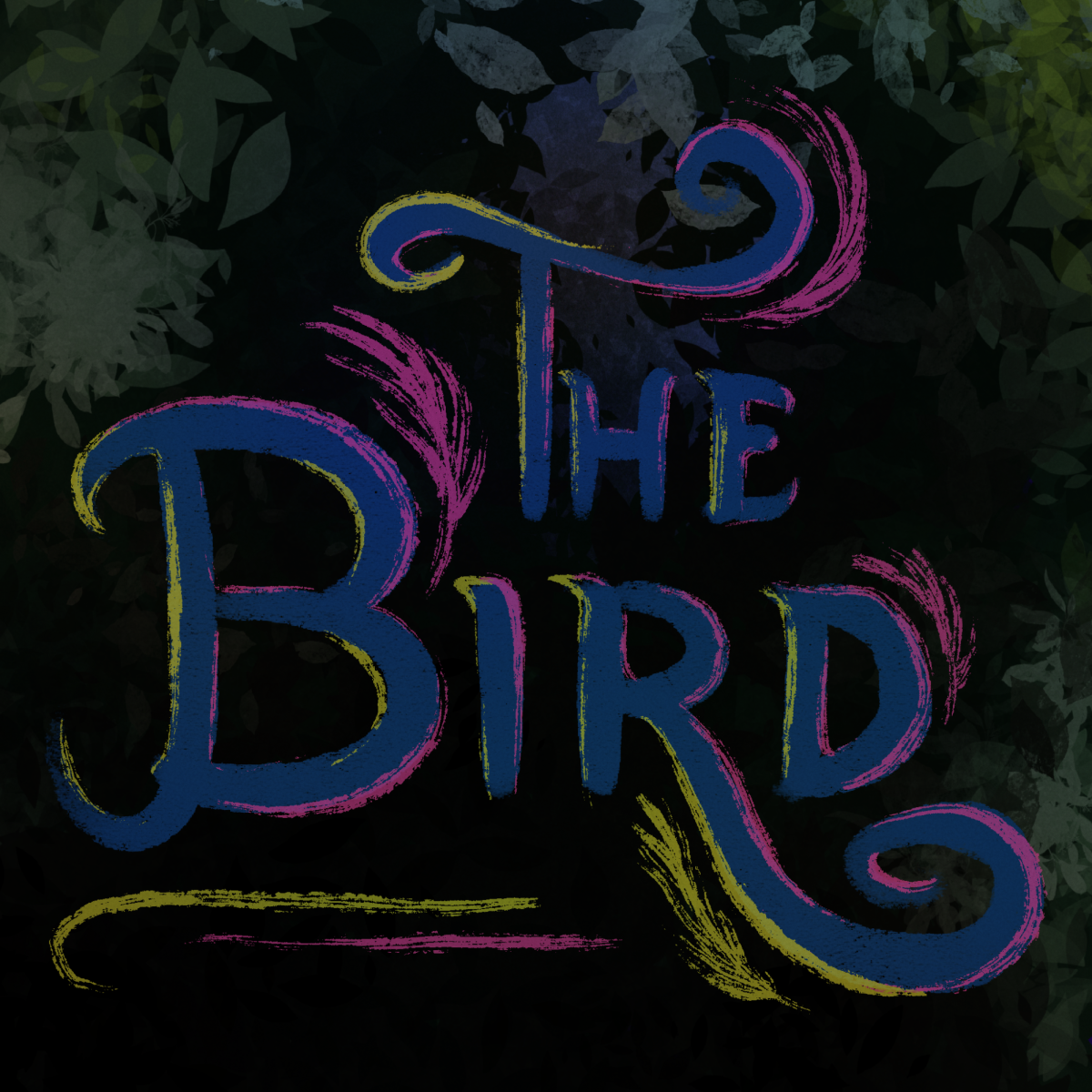ASL stands for American Sign Language. ASL is a dialect of English made for people who are deaf or hard of hearing; however, you do not have to have a hearing disability to use and know ASL. ASL has helped me throughout my life, and I thank my mother, Caitlin Schudel, for teaching it to me and for providing so many opportunities to practice this language.
Before explaining how ASL has helped me, here is a brief history of sign language. ASL has been used for a very long time and has changed and evolved over the years. Some of the first recorded signs of the use of ASL were around 200 years ago. In 1817, the first school for the deaf was founded in Hartford, Connecticut.
Not only is there ASL, but there are different forms of sign language for different languages. An example of this is French Sign Language (LSF). Not only does your voice have an accent, but also your hands because there are different variations of signs based on where you are from. All sign languages, however, are based on the same simple structure.
When I started to learn ASL, I was around 3 years old. When I was younger, I only knew basic signs that my mother taught me. The time that I really started to realize that ASL is one of my biggest passions was when I was in seventh grade and began putting time and effort into learning ASL by using an ASL dictionary and looking up signs as needed.
ASL has opened many doors for me in my lifetime so far. Take, for example, the club that I started called LTS (Learning to Sign), where I get to teach ASL and share the love that I have for the language.
ASL has helped me in other ways as well. A reason that I love ASL is that it can keep people safe. When I was younger, instead of my mom yelling my name across the park, she would make a sound to get my attention and sign something to me. The reason why this kept me safe is because she never had to say my name, preventing strangers from trying to talk to me.
ASL has also helped me to find my passion. I know that I am going to be studying special education teaching or behavioral therapy, and in both of those lines of work, ASL is going to be a tool that might be needed.
All of these opportunities opened up to me because my mom, Caitlin Schudel, taught me how to sign. She learned ASL at age 10, and she learned using an ASL dictionary and by “singing” songs. She recommends using the method of learning songs in ASL. She said, ¨Using repetitive songs is easier to learn.¨ This is because signing the same things makes you learn faster. She also stated that ¨learning songs is a great way to learn because the first song that you learn, you might know 10% of the words in the song, but after you learn that song the next song that you go to you might know 15%, and the more songs that you learn the more words that you’ll know in the next one.” She started to learn ASL for a boy she was babysitting who was deaf and didn’t like wearing his cochlear implant, a device to help deaf people hear. She told me that learning ASL is one of the best decisions she has ever made.




